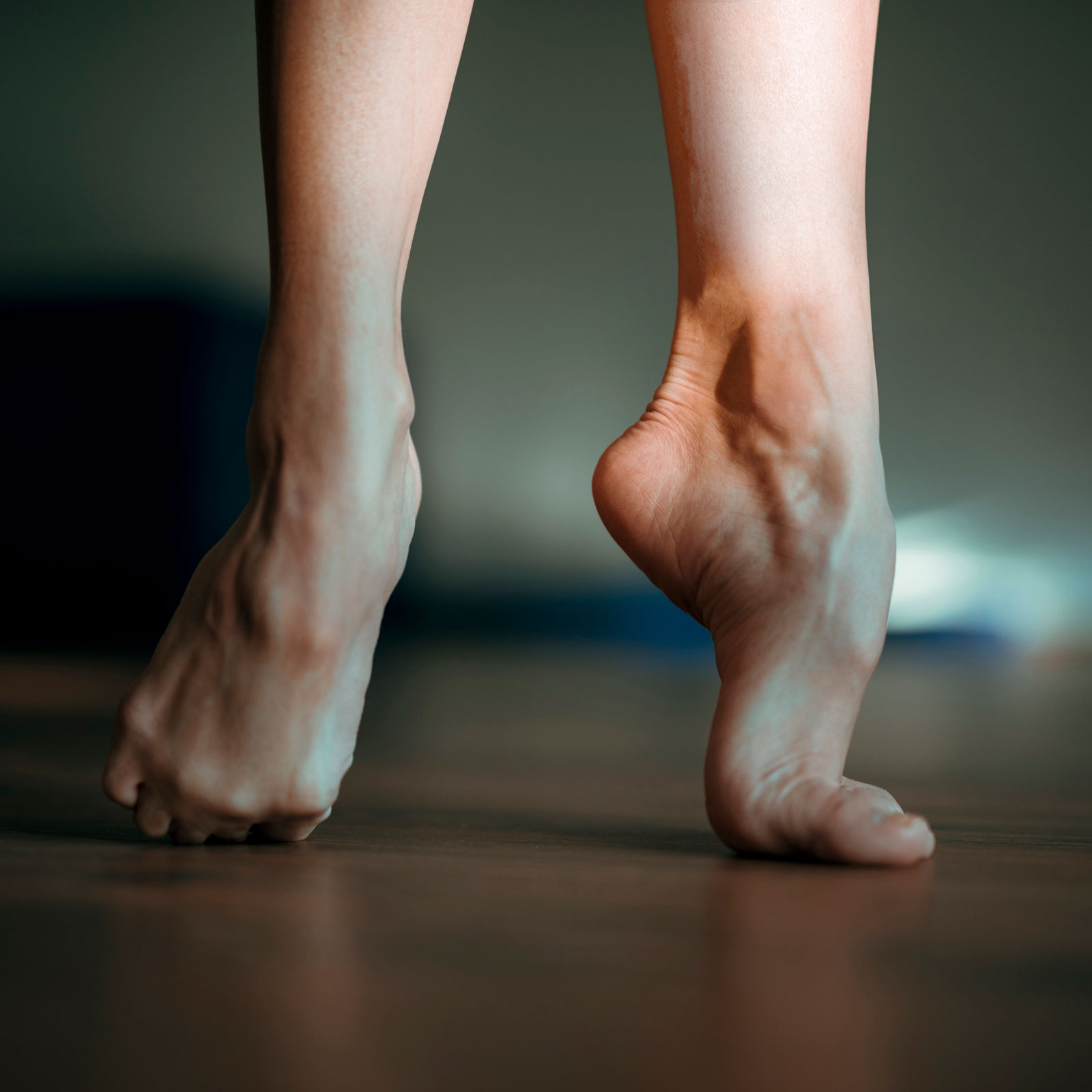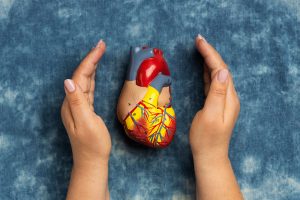Clubfoot is a birth defect that affects one or both feet. In babies with clubfoot, one or both feet point downwards and inwards. While this condition is not painful for babies, untreated clubfoot can cause pain and difficulty walking as the child grows.
Causes of Clubfoot
In most cases, the exact cause of clubfoot is unknown. However, research suggests a genetic link, as it can sometimes run in families.
Treatment for Clubfoot
The Ponseti method is the standard treatment for clubfoot today. This approach is non-surgical and highly effective.
How the Ponseti Method Works:
- Gentle Manipulation and Casting – The baby’s foot is gradually moved into a better position and then placed in a cast. This is repeated weekly for 5 to 8 weeks.
- Minor Surgery (if needed) – After the final cast, a small procedure may be performed to loosen the Achilles tendon at the back of the ankle.
- Bracing – Babies wear special boots connected with a bar to prevent the foot from returning to its original position.
- Full-time use: first 3 months
- Night-time use: until 4–5 years old
Outlook and Prognosis
- Nearly all children treated with the Ponseti method have pain-free, normal-looking feet.
- Most children learn to walk at the usual age.
- Children can participate in physical activities and sports as they grow older.
Key Takeaways
- Clubfoot is treatable, and early intervention is crucial.
- The Ponseti method ensures long-term mobility and quality of life.
- Genetic factors may play a role, so families with a history of clubfoot should monitor newborns closely.
About the Expert
Dr. Gururaj S Puranik
- MBBS, DNB (Trauma & Ortho)
- MRCS (Edinburgh), FRCS (Trauma & Ortho)
- Fellowship in Limb Reconstruction (Liverpool)
- Senior Consultant – Trauma & Orthopaedics














